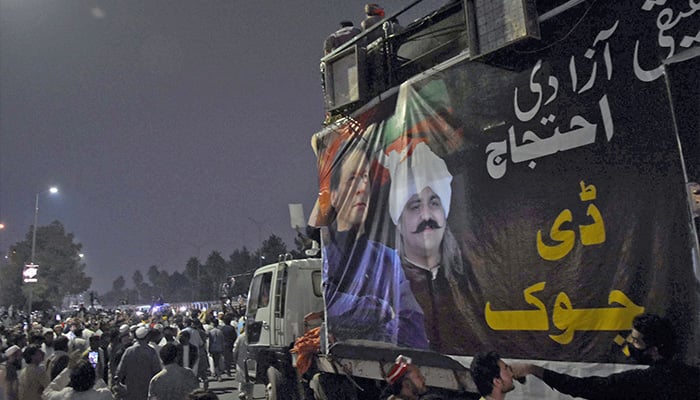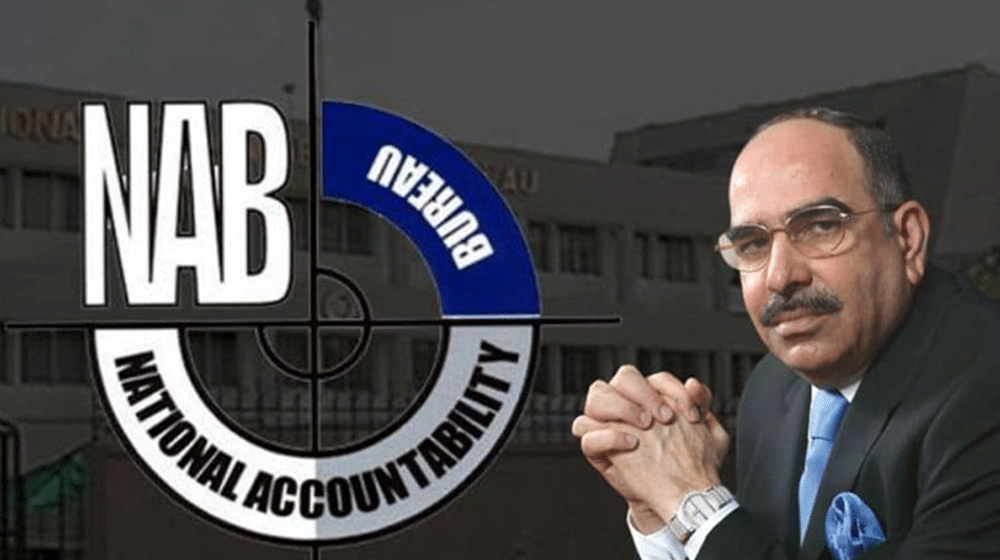NEW DELHI — In a landmark ruling that champions India’s cultural and linguistic diversity, the Supreme Court of India has upheld the use of Urdu on a municipal signboard in Maharashtra, calling it a vital part of the country’s shared heritage—not a threat to unity.
A two-judge bench of Justices Sudhanshu Dhulia and K Vinod Chandran dismissed a petition challenging the presence of Urdu on the signboard of the Patur Municipal Council in Akola district. The petitioner, a former councillor, had objected to the use of Urdu, claiming it was in violation of state language laws.
But the Supreme Court disagreed, stating clearly: “Language is culture. It should never be a reason for division.”
Writing the judgment, Justice Dhulia stressed that Urdu is deeply rooted in India’s history and culture, describing it as a prime example of the Ganga-Jamuni tehzeeb—a blend of Hindu and Muslim cultural traditions. He added that the idea of Urdu being “foreign” is a misconception.
“Urdu was born in India,” the court said. “It evolved here, just like Hindi and Marathi. To treat it as alien is to misunderstand our own history.”
The bench also noted that nothing in the Maharashtra Local Authorities (Official Languages) Act, 2022 prohibits the use of Urdu in signage, and the decision by the Patur Municipal Council was simply about effective communication with its residents.
Justice Dhulia pushed back against the common association of language with religion: “Language does not belong to a religion. It belongs to people, to regions, to communities. Language is not the enemy—it is the bridge.”
He went on to point out that Urdu is not only widely spoken across India—it’s also baked into the Hindi language and even India’s legal system. Words like adalat (court), halafnama (affidavit), and vakalatnama (power of attorney) are just a few of many Urdu-origin terms used daily in courts and government offices.
The court emphasized that linguistic diversity is one of India’s greatest strengths. According to census data, India has over 122 major languages and more than 270 mother tongues with at least 10,000 speakers—Urdu ranks sixth among the most spoken languages in the country.
“Let’s stop treating languages as rivals,” the judgment urged. “When we criticise Urdu, we are also criticising Hindi, as the two are essentially the same language with different scripts.”
The court concluded that allowing Urdu on a signboard—alongside Marathi—is not only legal but logical if it helps a municipality connect better with the local population.
“Language should never divide us. It is meant to bring people closer, to share ideas, to build understanding,” the judges said in closing.
The ruling has been hailed as a powerful reaffirmation of India’s linguistic inclusivity, with legal experts and cultural commentators praising the court for its clear-eyed stand against prejudice and its call for unity through diversity.

















